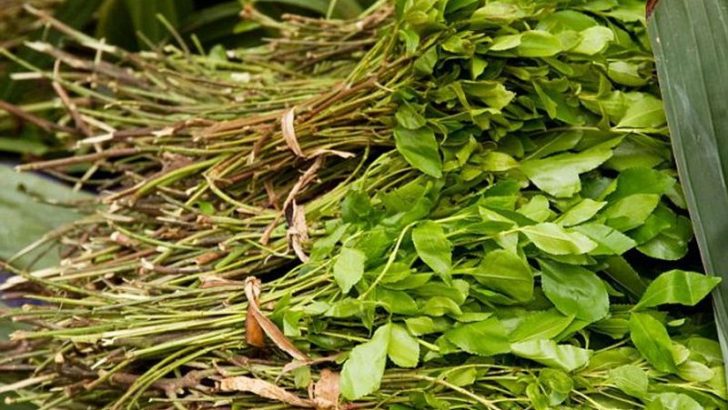Growing your own food can be a rewarding endeavor, but not all plants are welcome in your backyard. Some foods are illegal to cultivate due to environmental, safety, or health concerns. In this post, we explore 10 such foods that you should avoid growing at home.
1. Poppy (Papaver somniferum)
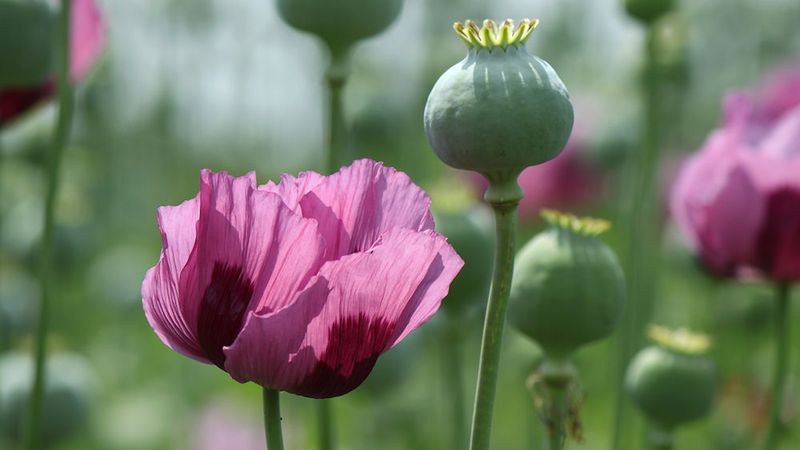
Did you know that the beautiful poppy flower is more than just an ornamental plant? Due to its potential for opium production, growing Papaver somniferum is illegal in many regions. The plant’s iconic large seed pods may look harmless, but they contain alkaloids that can be used to produce opiates. This makes cultivation a legal issue, overshadowing its aesthetic appeal. So, while these flowers might make an eye-catching addition to your garden, they are best appreciated in photographs or paintings rather than in your backyard.
2. Coca (Erythroxylum coca)
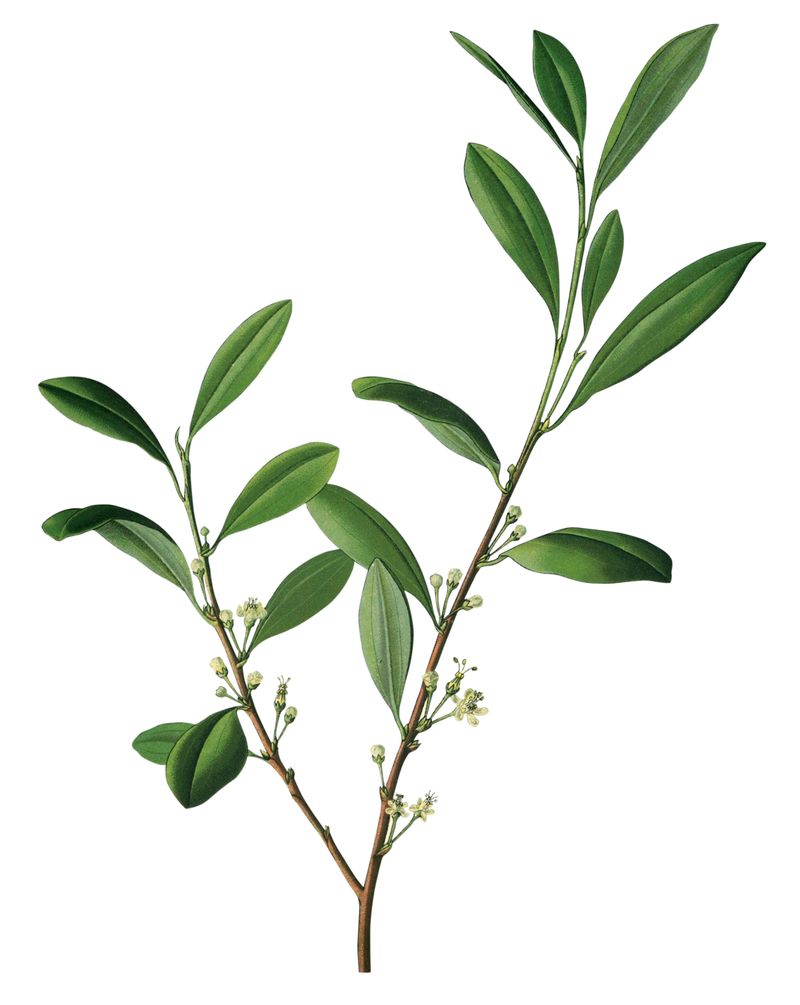
Coca plants, known for their role in producing cocaine, are strictly regulated. With shiny leaves and a rich history among indigenous cultures, they offer more than meets the eye. However, growing coca is illegal outside specific areas due to its association with narcotics. These plants represent a complex history of traditional use versus modern legal restrictions. While they hold cultural significance in some regions, their cultivation is a serious offense in others, making them a plant to avoid growing in your garden.
3. Marijuana (Cannabis sativa)
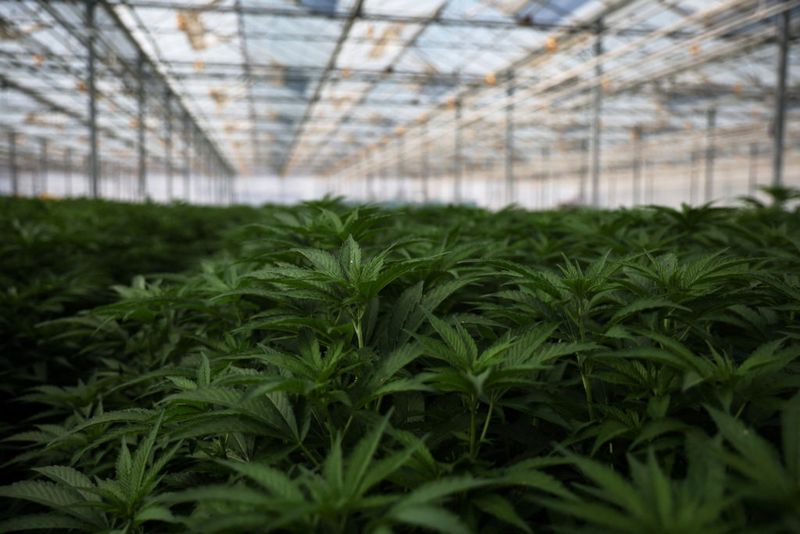
Marijuana, or Cannabis sativa, is perhaps the most well-known plant on this list. While laws are changing, growing it in your backyard is still illegal in many places. Its distinctive serrated leaves make it easily recognizable. Despite its use in medicine and recreation, legal barriers remain. The plant’s cultivation is tied to complex regulations varying by jurisdiction. Thus, ensuring compliance with local laws is crucial. Whether for its psychoactive effects or medicinal properties, marijuana remains a controversial plant to grow.
4. Khat (Catha edulis)
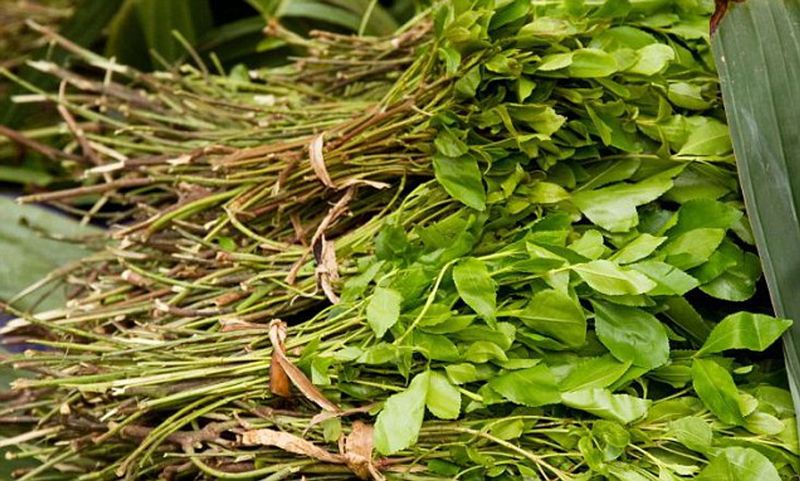
With a history rooted in social rituals, khat is more than just a plant. Known for its stimulant effects, it holds cultural importance in some regions. However, its legality is a different story. In many places, growing khat is illegal due to its amphetamine-like properties. Despite its traditional use, the plant is often associated with social and health concerns. Its cultivation can lead to legal complications. Although khat is valued in some cultures, caution is advised if considering growing this plant in your backyard.
5. Peyote (Lophophora williamsii)
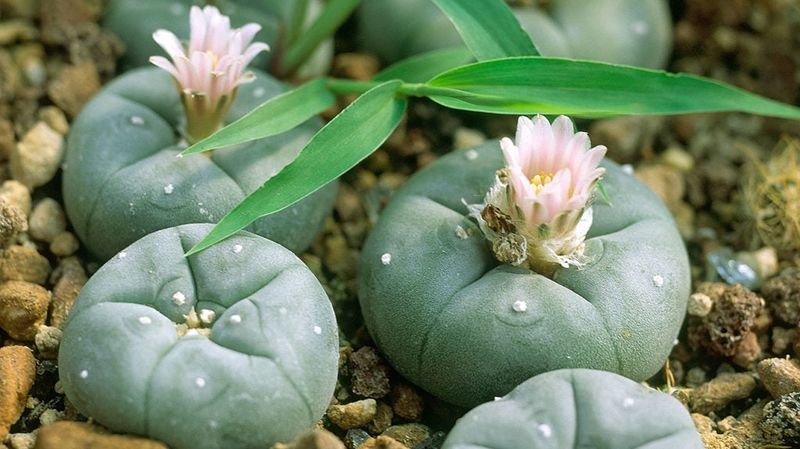
Peyote, a small cactus native to the southwestern United States and Mexico, is both revered and restricted. It plays a sacred role in Native American spiritual practices. However, its psychoactive properties make it illegal to cultivate in many regions. The cactus’s distinctive button-like tops give it a unique appearance. While peyote is a spiritual symbol for some, legal restrictions are in place to control its use. Growing it in your backyard could lead to legal issues, despite its cultural significance.
6. Absinthe Wormwood (Artemisia absinthium)
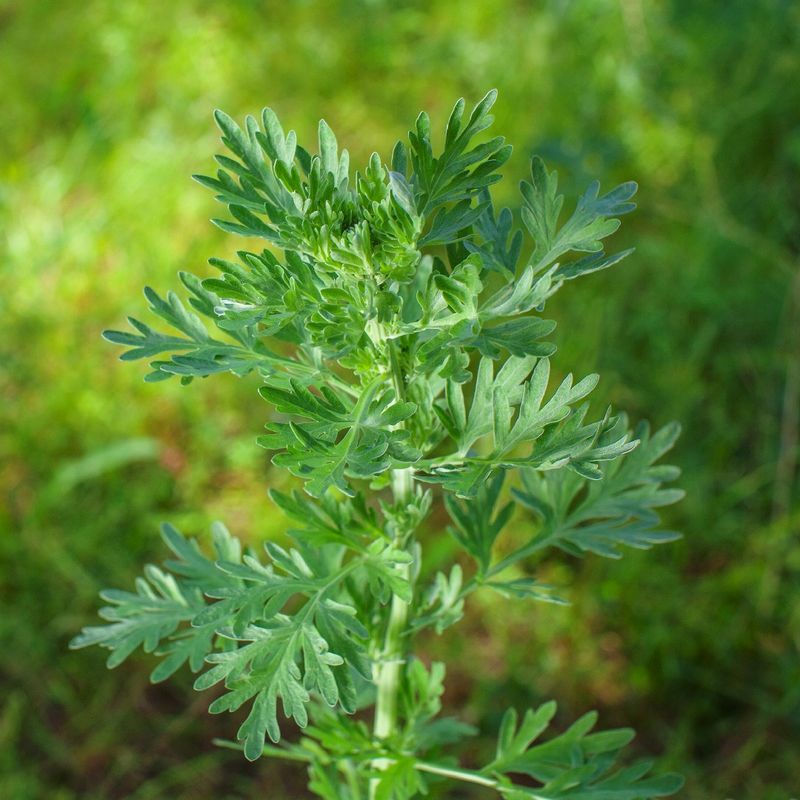
Absinthe wormwood, known for its role in the infamous absinthe spirit, is more than just a garden plant. Its feathery, silvery leaves are visually striking. However, due to the compound thujone, it’s illegal to grow in some areas. This plant’s association with the production of absinthe, a once-banned substance, adds to its mystique. While wormwood can be an intriguing addition to an herb garden, legal restrictions make it a risky choice. Its historical ties to absinthe create a blend of fascination and caution.
7. Betel Nut (Areca catechu)
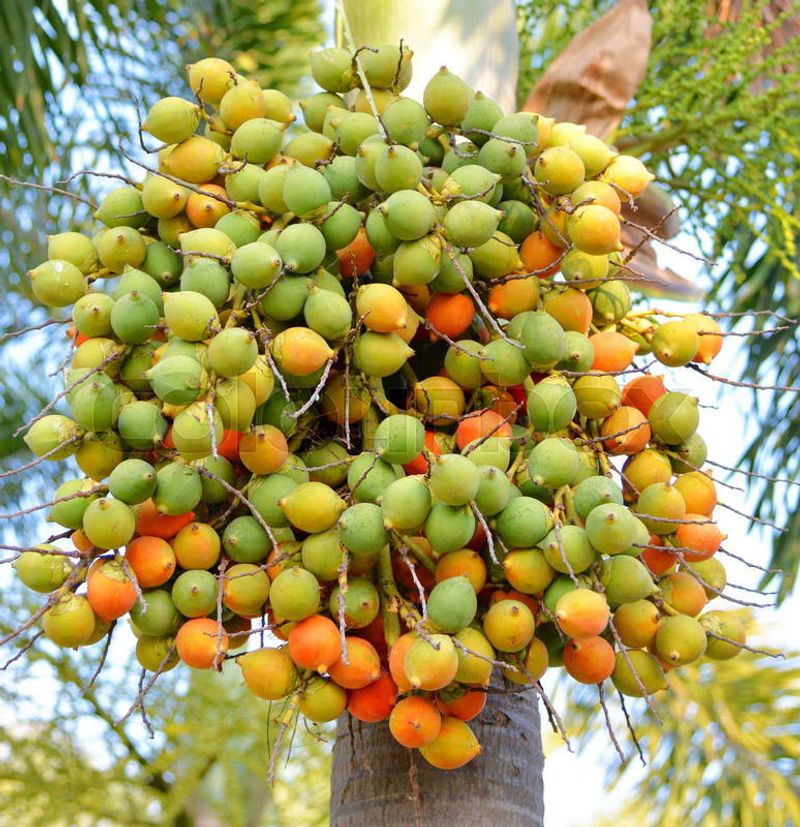
Betel nut, derived from the areca palm, is a common element in many Asian cultures. Its use as a stimulant makes it controversial. Growing the areca palm is illegal in some regions due to health concerns associated with betel nut chewing. The plant’s vibrant orange nuts stand out, but the legal implications of cultivating it are significant. Despite its cultural importance, the risks tied to its use and growth are non-negligible. This palm is better admired from afar rather than in a personal garden.
8. Salvia divinorum
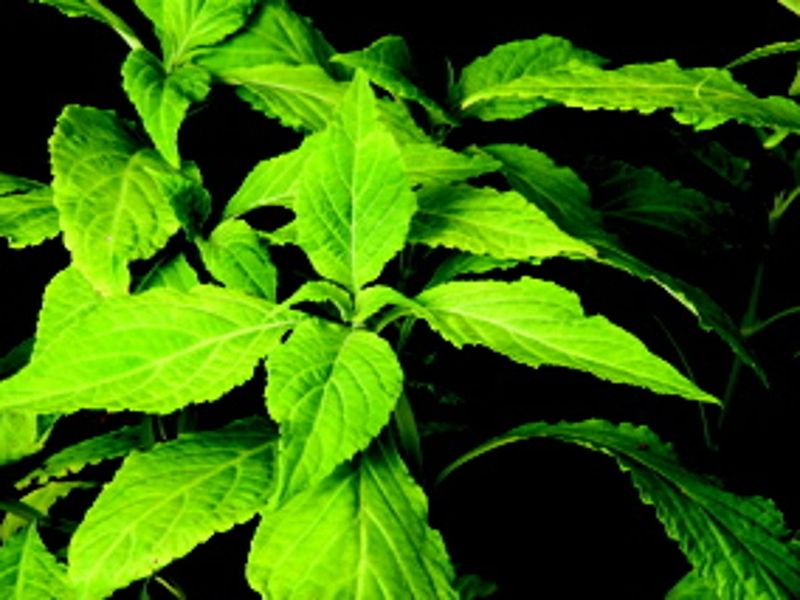
Salvia divinorum, known for its hallucinogenic properties, is a plant shrouded in mystery. Its large, velvety leaves are both alluring and controversial. Growing this plant is illegal in many areas due to its potent psychoactive effects. Originally used in Mazatec shamanic rituals, salvia has gained notoriety outside its cultural origins. Legal restrictions aim to control its misuse. While its spiritual use is respected by some, the plant’s cultivation carries risks that shouldn’t be ignored. Consider its legality before planting.
9. Castor Bean (Ricinus communis)
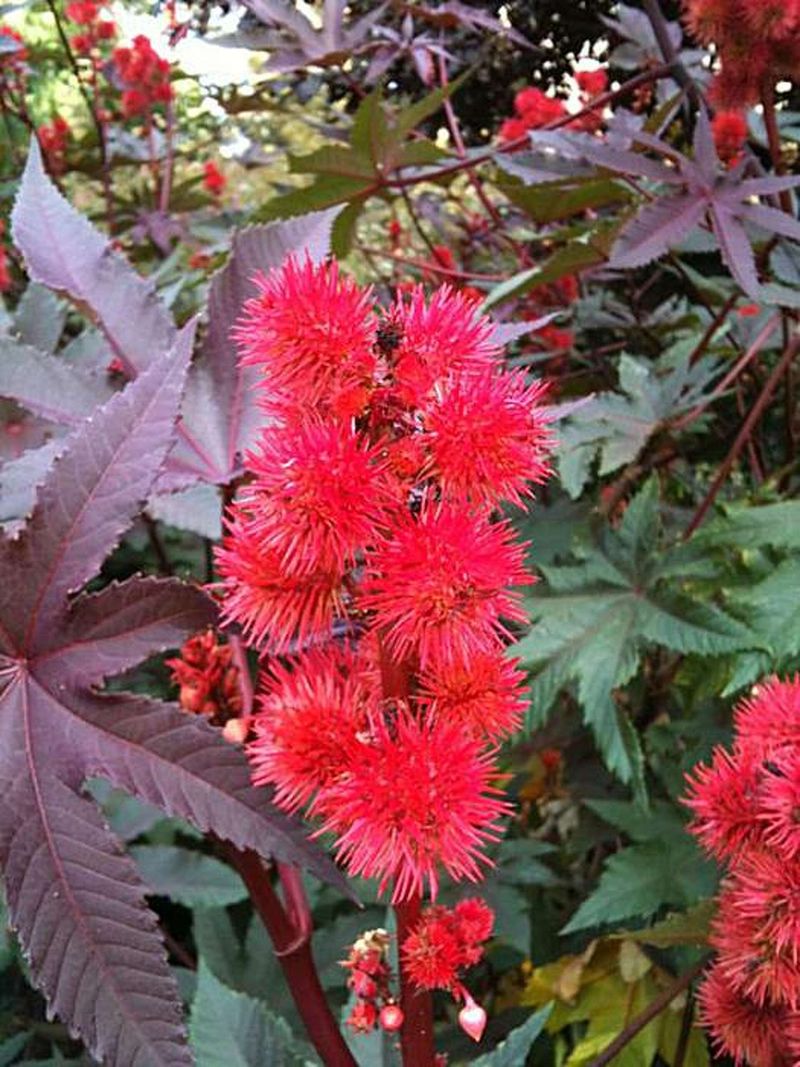
The castor bean plant is as beautiful as it is deadly. While its seeds produce castor oil, they also contain ricin, a potent toxin. This dual nature makes it illegal to grow in many places. The plant’s glossy leaves and unique seed pods are visually appealing, yet they conceal a dangerous secret. Legal issues arise from the plant’s potential use in producing harmful substances. While it might seem like an exotic garden addition, the risks involved in cultivating castor bean are significant.
10. Mirabilis jalapa (Four o’clock)
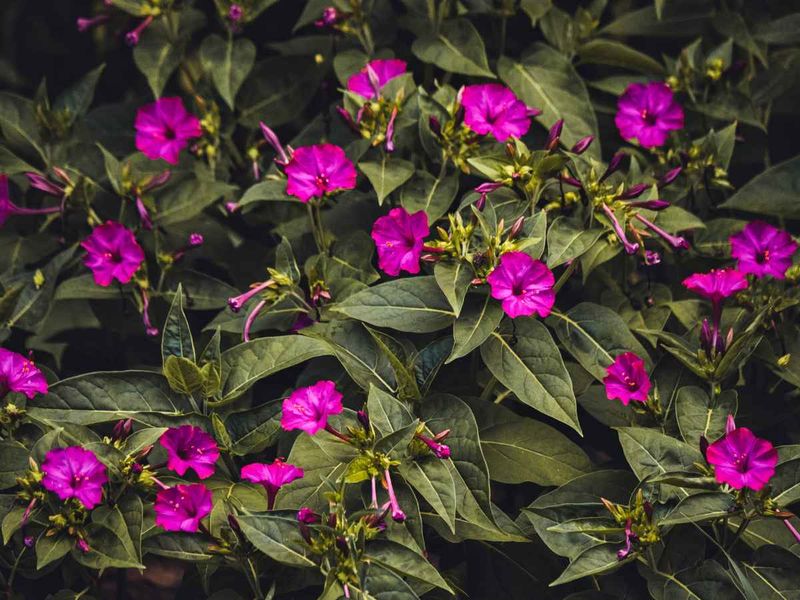
Mirabilis jalapa, known as the four o’clock flower, is a colorful addition to any garden. However, its ability to hybridize and dominate native species makes it illegal to grow in certain regions. The plant’s flowers, which bloom in the late afternoon, are a sight to behold. Despite its beauty, it poses ecological risks. Legal restrictions aim to protect local flora from its invasive nature. While the four o’clock flower can brighten up a garden, be aware of local laws before planting this vibrant beauty.

